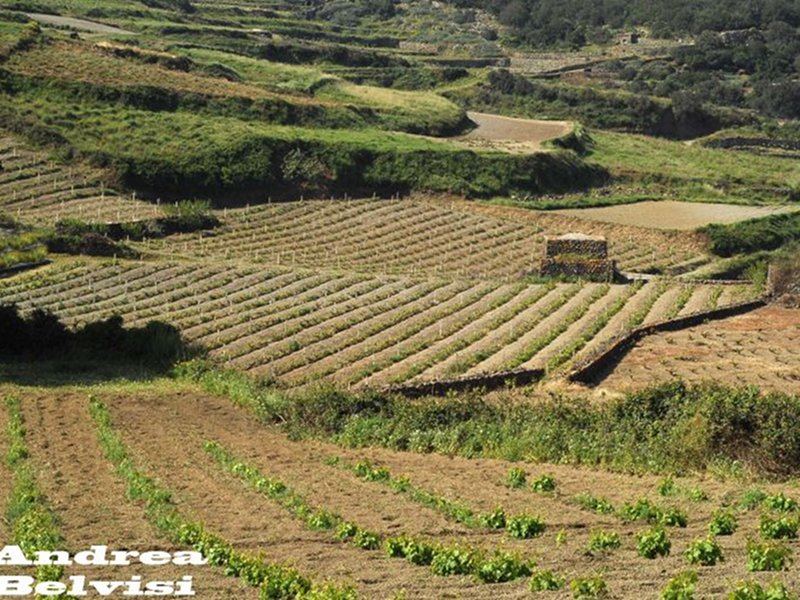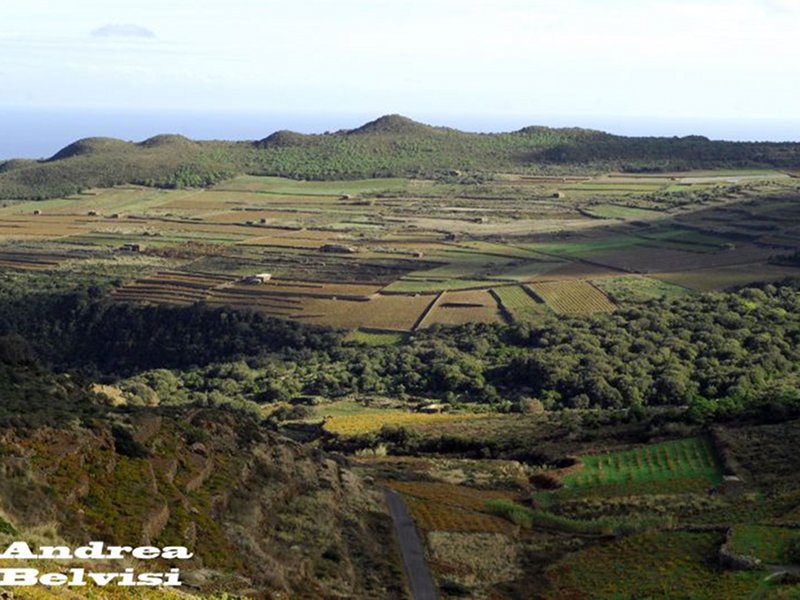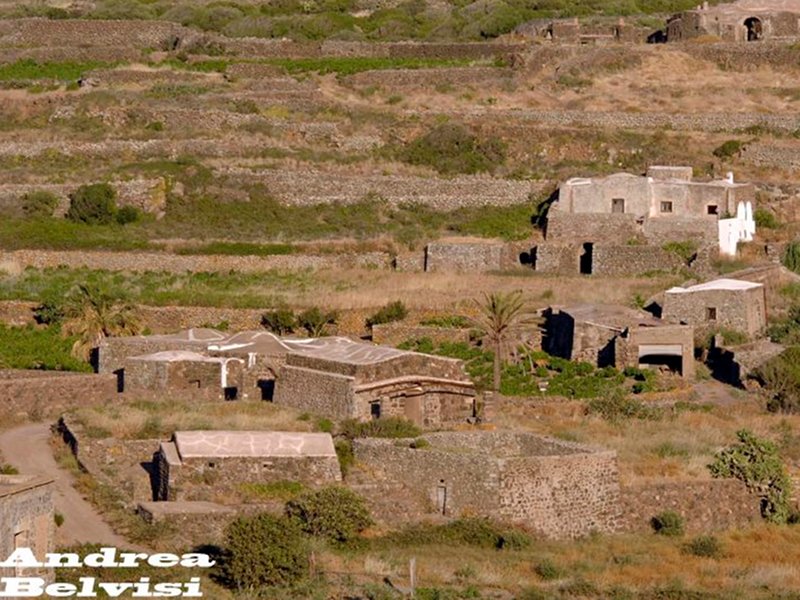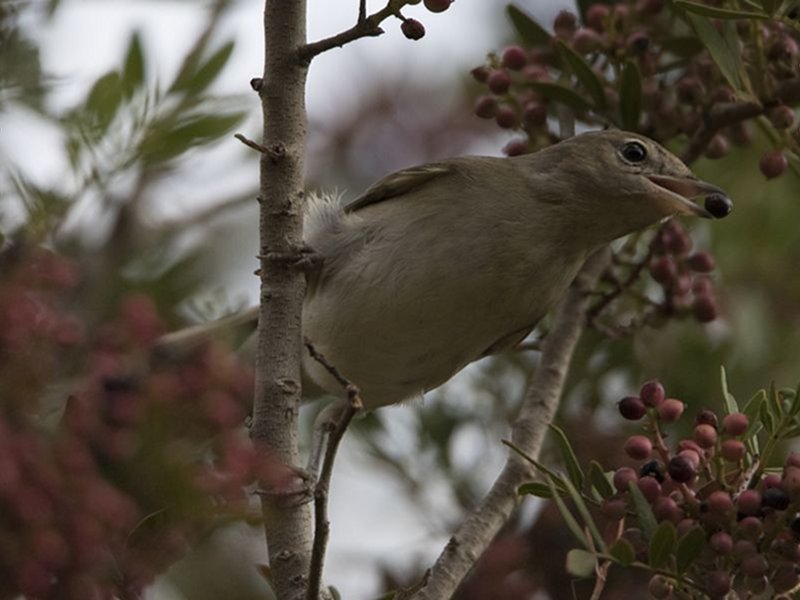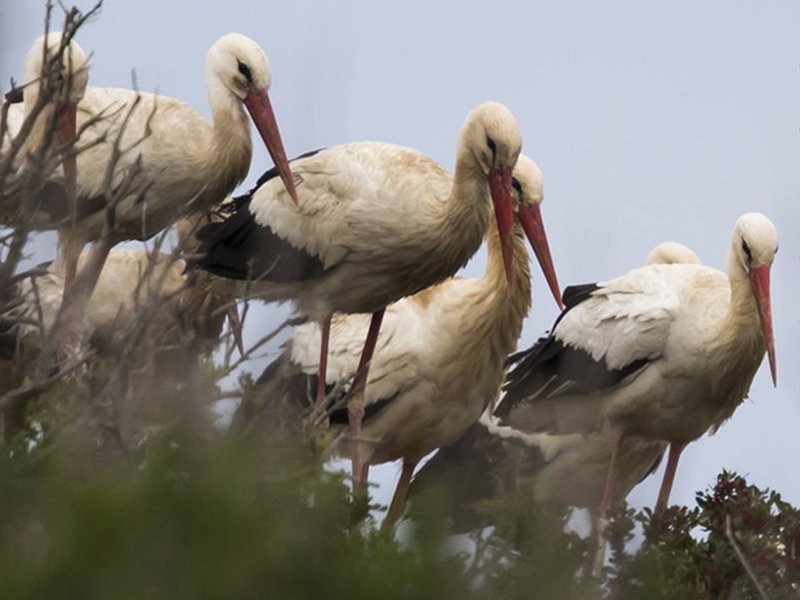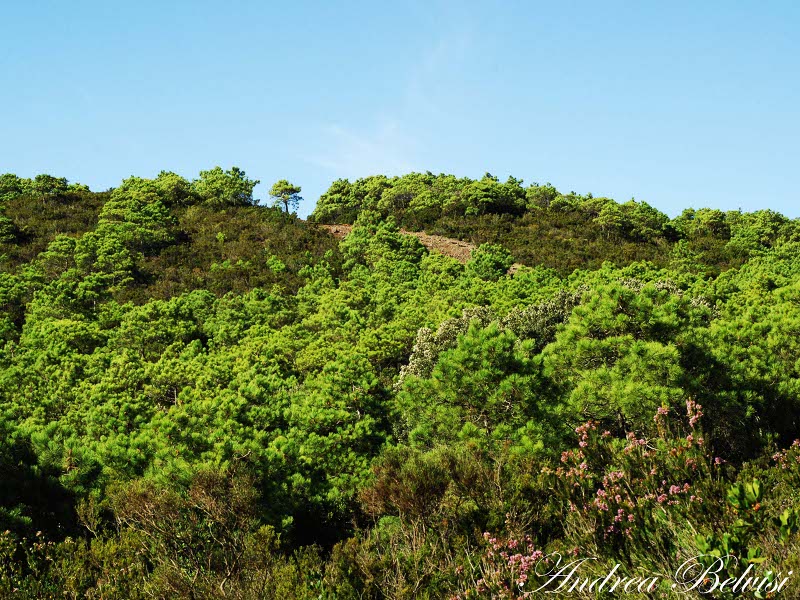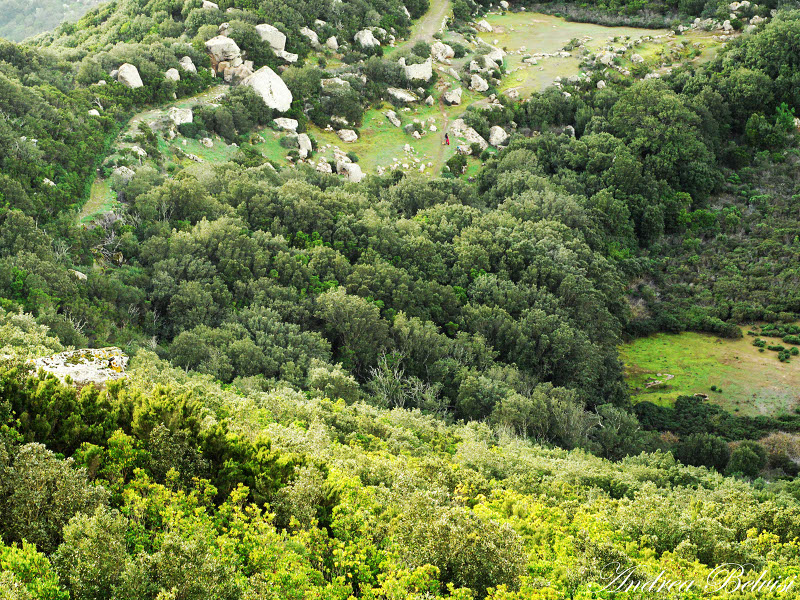Parco Nazionale Isola di Pantelleria
www.parconazionalepantelleria.itProtected Area
Identity Card
- Land Surface Area: 6'560.00 ha
- Higher altitude (m): 836
- Protected flora: 6 species (Italian text)
- Protected wildlife: 52 species (Italian text)
- Habitats: 15 types (Italian text)
- Regions: Sicilia
- Provinces: Trapani
- Municipalities: Pantelleria
- Establishment Measures: DPR 28/07/2016 - L. n. 222 29/11/2007
- Park Authority: Ente Parco Nazionale Isola di Pantelleria
 Establishing Decree of the Park (102Kb)
Establishing Decree of the Park (102Kb) Decree for the President Designation (119Kb)
Decree for the President Designation (119Kb) Decree for the Director Designation (f.f.) (184Kb)
Decree for the Director Designation (f.f.) (184Kb) Decree for the Executive Board Designation (123Kb)
Decree for the Executive Board Designation (123Kb) Definition of boundaries in Pantelleria (6,7Mb)
Definition of boundaries in Pantelleria (6,7Mb)
The landscape of Pantelleria
The landscape of Pantelleria is one-of-a-kind: created from the mix of natural environment on the one side and of anthropic, agricultural and traditional environment on the other. Both grow and develop from the fusion of southern (African) and northern (European) elements, where the first prevail over the latter. Not only Nature, but also its agricultural culture based on traditions, full of elements that diversify the island from the near influences of Africa and Europe. Many endemisms, mainly on plants and insects, have recently arisen, thanks to the accidental colonisation of African and European species. In the island, they have found an ideal place for their surviving, while environmental conditions have modified their genetic makeup, allowing them to be exclusive species or subspecies of the island.
The agricultural landscape
The dominant and characteristic element of Pantelleria is the agricultural landscape, shaped by centuries of hard work. Typical features are the dammuso, the terracing and some animals like the goat of Pantelleria and, above all, the donkey (u scékku).
The island of Pantelleria covers a surface of 8,453 hectares, 71,1% based on terracing in all the slopes, all the volcanic substrata and all the rocks. Terracing is an element of real identity for Pantelleria that fascinates tourists for its colours and its peculiarities and that proves the secular commitment of Pantelleria's agriculture towards the environment and the safeguard of biodiversity. This knowledge has been handed down from one generation to another and has been adjusted to the rocks' nature and to the island geology.
The walls vary depending on height, size, purpose, orographic conditions and rock density.
From 10th January 2018 the "Paesaggio della pietra a secco dell'Isola" (Dry-stone Landscape of the Island) had been listed in the Registro Nazionale dei Paesaggi Rurali Storici (National Register of Historical Rural Landscapes) for its history, its integrity and its importance.
The presence of the donkey in Pantelleria dates back before 40 BC, year of the death of Columella who in De Rustica talks about donkeys' livestocks. It is taller than other donkeys, ranging from 128 cm to 140 cm. It is a white-faced animal with white or gray hair on its belly and inner thighs remain.This breed is quick and slender; its legs are thin, muscular and lean; its head is light, with reltively short and always standing ears and its feet are big, with very hard hooves. Its hair is always short and straight, rarely curly. Its mantle could be grey (bbraçiu), brown (passurínu) or with spots (skiakkátu). The thoroughbred does not exist anymore, the last one was "Arlecchino" that drowned once returning to Pantelleria.
Thanks to Dott. Cavarretta, director of the San Matteo di Erice state property (Trapani), to Prof. Balbo, to Prof. Rognoni and to Dott.ssa Nogara of the Azienda Foreste Demaniali in Palermo, 200 donkey had been examined for research, discovering the first samples: Farfarello di razza pantesca (95%), Acero (85%), Argo (80%).
In the structure in Erice, three more donkeys are born and Gina, coming from Sibà, has recently entered the group.
Another important animal for the agricultural civilisation of the island is the Pantelleria goat, almost exinct. Probably it had been the earliest domestic animal and, over centuries, had developed some exceptionally strong features.
Fauna of Pantelleria
Pantelleria is particularly fascinating, acting as a joining link between the southern Europe and the northern Africa (Maghreb). However its fauna has not been completely discovered yet, with only some aperçus on vertebrates and insects.
The area is heterogeneous with many niches and species of Arthropods (a wide group of animals including insects, crustaceans, spiders, millipede, etc). In Pantelleria, 1096 species of arthropods have been censused, mainly African, and some of them have Pantelleria as their only habitat.
Flora in Pantelleria
Flora in Pantelleria is complex and varied. From the sea level to an altitude of 250 mt. there is the low brush or gariga, referred to the community of Periploco-Euphorbietum aspalathoidis; beyond that level there is a shrub-tree like flora with pine forests of Pinus pinaster and P. halepensis, mixed with Quercus ilex, referred to the community of Pino-Genistetum aspalathoidis and including some more species like Erica spp., Rosmarinus officinalis, Cistus spp., Calycotome villosa and Genistha aspalathoides. Finally, over an altitude of 500 mt. and in the valleys there are woods of Q. ilex. Flora is caracterized by Q. ilex, Erica arborea and Arbutus unedo, along with Pistacia lentiscus, Phyllirea angustifolia, Daphne gnidium, etc. The plentiful bedding and the humus layer of these wood landscapes host numerous species that belong to mesofauna, an index of vaste diversity both in bedding and in the first 20 cm of the land, in different areas of the undergrowth.






